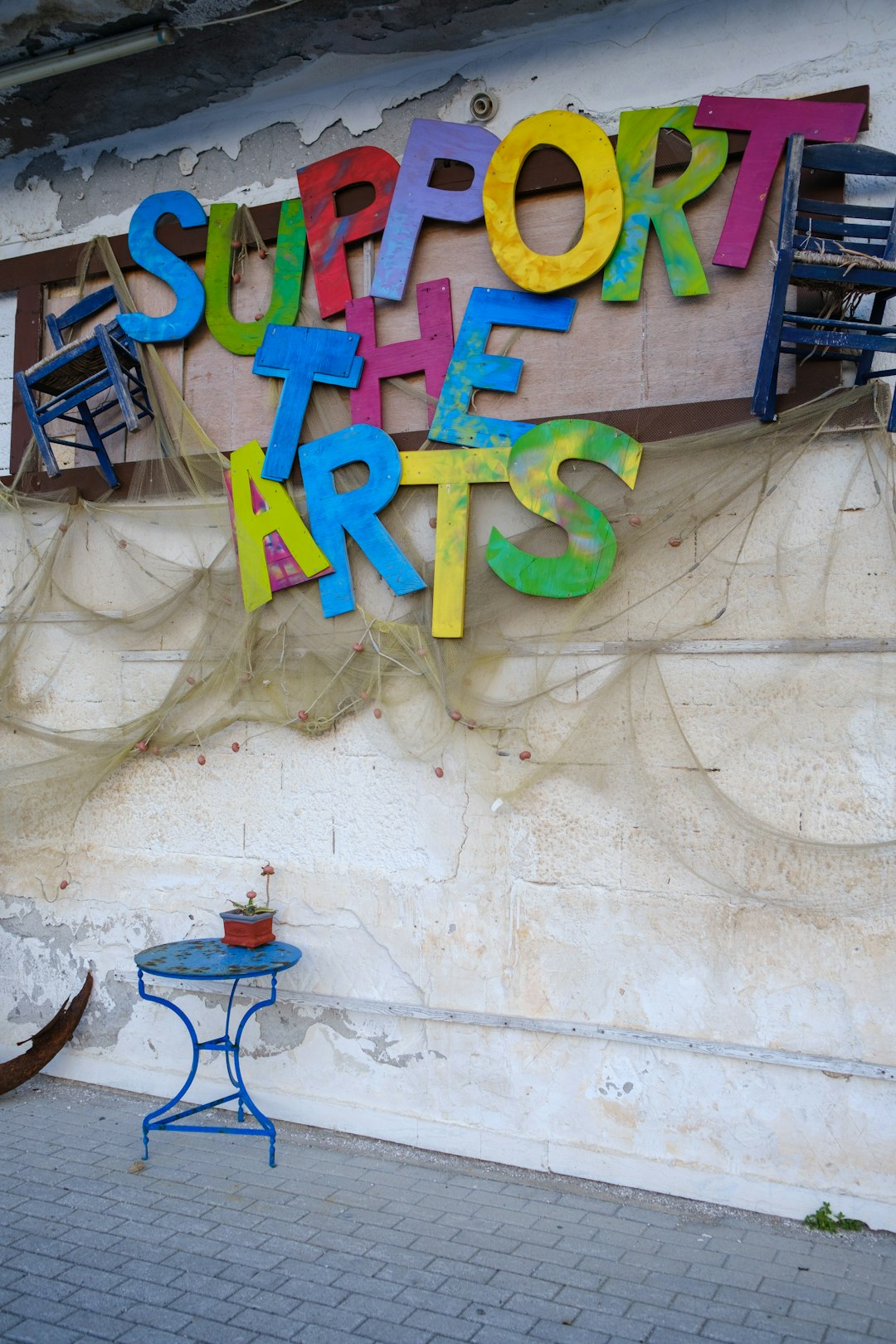Street art has become an increasingly popular form of artistic expression in recent years, with cities around the world boasting vibrant and diverse collections of murals and graffiti. From the underground beginnings of graffiti to the mainstream acceptance of large-scale murals, street art has a rich and fascinating history that is worth exploring.
Graffiti, the precursor to modern street art, has been around for centuries. From ancient Rome to the walls of New York City, people have been using public spaces to write messages, make political statements, and express themselves through art. However, it wasn’t until the 1960s and 70s that graffiti began to be seen as a legitimate art form.
In New York City, graffiti emerged as a form of artistic rebellion against the social and political issues of the time. Artists like Jean-Michel Basquiat and Keith Haring used the streets as their canvas, creating powerful and provocative works that challenged the status quo. Graffiti quickly spread to other cities around the world, becoming a global movement that gave a voice to marginalized communities and brought art to the masses.
Despite its growing popularity, graffiti was still seen as a form of vandalism by many, and graffiti artists often faced legal repercussions for their work. However, with the rise of the hip-hop and punk movements in the 1980s, graffiti began to gain mainstream recognition as a legitimate art form. Artists like Shepard Fairey and Banksy emerged as leaders in the street art world, using their work to comment on social and political issues and challenge the boundaries of what art could be.
As graffiti evolved into street art, so too did the techniques and styles of the artists themselves. Murals began to take center stage, with artists using larger canvases to create intricate and detailed works that transformed entire city blocks into outdoor galleries. From the colorful and abstract designs of Brazilian artist Os Gemeos to the hyper-realistic portraits of French artist JR, street art became a powerful and influential force in the art world.
Today, street art can be seen in cities around the world, from the bustling streets of New York City to the walls of Berlin and the alleyways of Melbourne. Artists continue to push the boundaries of what street art can be, using new technologies and materials to create stunning and immersive works that captivate and inspire viewers.
One of the most striking aspects of street art is its ability to engage with the public in a way that traditional art forms cannot. By bringing art out of galleries and museums and into the streets, street artists are able to reach a much larger audience and communicate their message to people from all walks of life. This accessibility has made street art a powerful tool for social change, with artists using their work to raise awareness of important issues like climate change, racial injustice, and LGBTQ rights.
While street art has come a long way from its humble beginnings as graffiti, its roots are still very much evident in the work of today’s artists. From the bold and colorful lettering of graffiti tags to the intricate and detailed murals that line city streets, street art is a testament to the power of artistic expression and the resilience of those who create it.
In conclusion, the history of street art is a fascinating journey that traces the evolution of graffiti from a form of vandalism to a legitimate and respected art form. From the gritty streets of New York City to the bustling metropolises of Europe and Asia, street art has left its mark on cities around the world, transforming public spaces into vibrant and dynamic galleries of creativity. As we continue to explore the history of street art, we are sure to discover even more about the power and influence of this exciting and ever-evolving art form.

